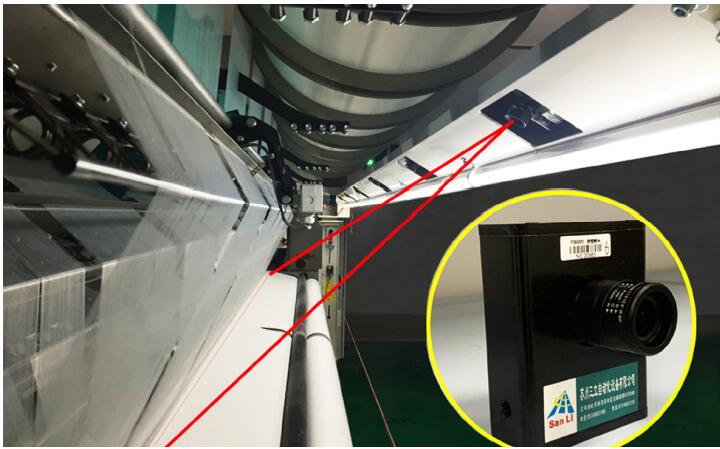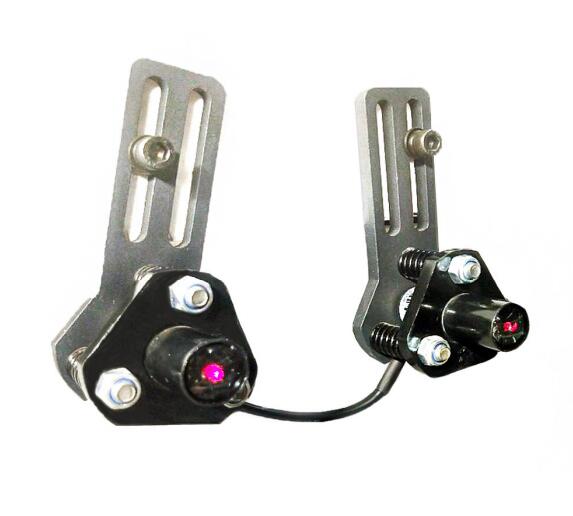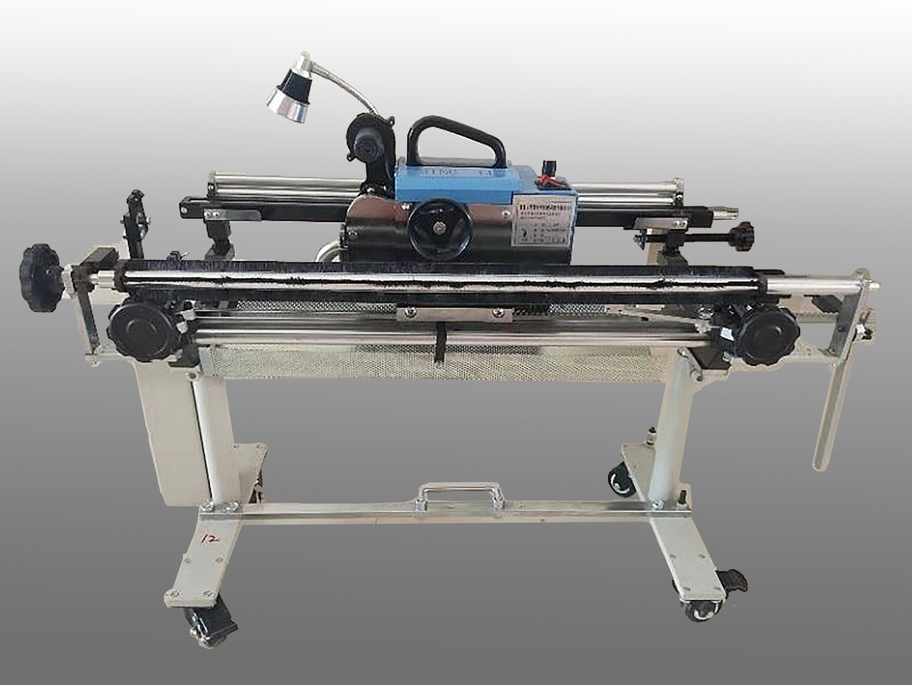"AI" can be seen everywhere, and has become a popular word for many people. The machine learning guru, Michael I. Jordan, thinks this phenomenon makes him very upset: "AI is just a way for them to sell their own concepts to VC, business, media and the public. As for true AI, we are fundamental Not yet implemented."
In the past, in the industrial field of pursuing cost performance and practicality, "artificial intelligence is only a small supporting role on the stage of intelligent manufacturing." Nowadays, with regard to specific application scenarios, people in the industry generally believe that artificial intelligence will greatly improve the efficiency of industrial robots.
So far, what artificial intelligence has been discovered by the robotics industry in the “New World†of industrial application scenarios? Where is the future direction of artificial intelligence technology combined with robot technology?
Artificial Intelligence + Traditional Industrial Robot = Intelligent Robot
Traditional industrial robots are highly integrated with mechanical design and manufacturing technology, automatic control technology, and computer hardware and software technology.
Artificial intelligence is a collection of data and algorithms, and the continual rise in computing power (chip) is the basis for the widespread application of artificial intelligence. At present, artificial intelligence is still in the stage of weak artificial intelligence, and the areas that form breakthroughs are still relatively limited. The combination of artificial intelligence technology and robot technology to achieve robots with both robotic and human intelligence is the goal of artificial intelligence and robotics development. Intelligent robots are the result of the integration of artificial intelligence technology and traditional industrial robot technology.
Zheng Yong, Geek+ CEO, said that if artificial intelligence is defined to the extent of “deep learningâ€, there is almost no application at present. He believes that current artificial intelligence can be defined as "autonomous ability brought by relatively complex algorithms."
Geek+, which focuses on the field of robotic intelligent logistics, empowers the logistics and warehousing industry through artificial intelligence and robotics. Through the optimization of warehousing and logistics links such as intelligent picking, handling and sorting, and highly flexible human-computer interaction, it can improve warehouse efficiency and reduce labor. The purpose of cost and labor intensity.
Cooper CEO Li Wei pointed out that “sorting, grinding, assembly and testing†is an urgent and extensive four areas for artificial intelligence and robot landing applications*. Therefore, Cooper's self-developed system can be applied to the disorderly sorting of loading and unloading, force-controlled grinding of mobile phones or aviation blades, intelligent teaching, intelligent labeling, and parts assembly through core learning algorithms and special control software. .
"In the AI ​​era, industrial robots will be defined by new core technologies, including deep learning, path planning, task-level programming, flexible control, etc." said Mecamand CEO Shao Tianlan. In his view, the sorting of mixed objects is a part of the current demand * obvious, application * direct, many companies can show a certain degree of demo, but the products that can be used on a large scale have not appeared.
In addition, there is a combination point for “operation planningâ€, that is, people only need to specify the installation requirements of multiple workpieces, and the robot can calculate the grab and install solution by itself, saving a lot of programming time.
In the standard scene, industrial robots produce large quantities of products, have a lot of repetitive work, and require high-frequency trajectory optimization, such as machine tool processing, parts installation and other applications. At this point, the small sample can be supervised and learned, so that the robot has adaptive and evolutionary functions.
Previously, Elite showed the demo of “Robot Stacking Clothesâ€, showing that robot trajectory optimization can not only target rigid objects, but also flexible bodies such as clothes. Elite's robot stacking clothing system accurately locates the clothing stacking points through the deep reinforcement learning algorithm and the depth vision sensor, and automatically finds the best motion track to achieve the stacking effect. The system also uses simulation environment rapid modeling and migration learning methods to speed up learning and reduce data acquisition costs. * Finally, the simulation results are mapped to real robot operations.
In addition to the above-mentioned applications that focus on improving the efficiency of industrial robots, machine vision as a branch of artificial intelligence is both an opportunity and a challenge.
In the intelligent manufacturing process, machine vision mainly uses computer to simulate human visual function, that is, extract, process and understand the image information of objective things, and finally use it for actual detection, measurement and control.
Huang Bufu, CEO of Yi Shizhi, believes that machine vision detection is a major “training ground†for artificial intelligence. Yi Shi Zhi Zhi high-precision visual dispensing system integrates the functions of visual perception, motion control and dispensing execution of the dispensing process, which can be easily integrated with various actuators to form a terminal dispensing machine in one step to meet various productions. The demand for line dispensing can also be evolved from stand-alone intelligence to multi-machine interconnection through deep learning.
Warp Knitting Machine Accessories
Warp Knitting Machine accessories are parts that are used to enhance the functionality of warp knitting machine. These accessories are designed to enhance the performance of the machine and improve the quality of the knitted fabric.
1. Camera Detection: This accessory is used to detect any defects in the knitted fabric. It is a high-tech system that uses cameras to scan the fabric and identify any flaws or defects. The system can detect holes, dropped stitches, and other defects, which helps the operator to take corrective action immediately.

2. Laser Stop: This accessory is used to stop the machine automatically when a defect is detected. The laser stop system is linked to the camera detection system, and it can stop the machine at the exact point where the defect occurred. This helps to minimize waste and reduce downtime.

3. Knotting Machine: This accessory is used to tie the yarn ends together when changing colors or when a yarn break occurs. The knotting machine is an automated system that ties the yarn ends together quickly and efficiently, without interrupting the knitting process.

4. Conversion: This accessory is used to convert the warp knitting machine from one gauge to another. The conversion system includes different types of needles, sinkers, and guide bars, which can be easily changed to adjust the gauge of the machine.
5. Waste Yarn Spooler: This accessory is used to collect the waste yarn that is generated during the knitting process. The waste yarn spooler collects the yarn and winds it onto a spool, which can be easily removed and disposed of.
Overall, these accessories are essential components of a warp knitting machine, and they help to improve the efficiency and productivity of the machine. They also help to ensure that the quality of the knitted fabric is consistent and of high quality. We are the professional warp knitting machine manufacturer located in China, welcome to consult us.
Warp Knitting Machine Accessories
suzhou cotex international Co.,Ltd , https://www.macanol.com
